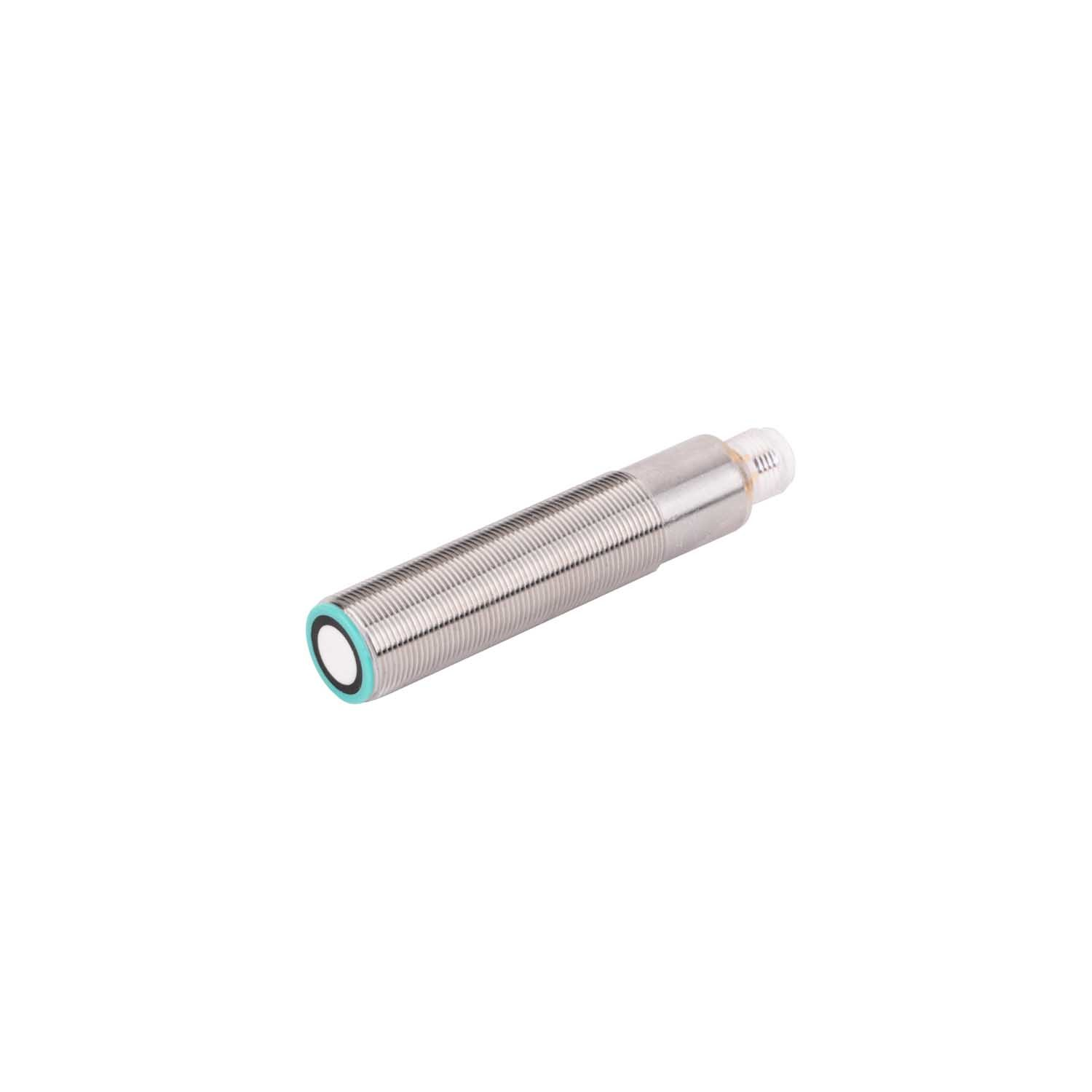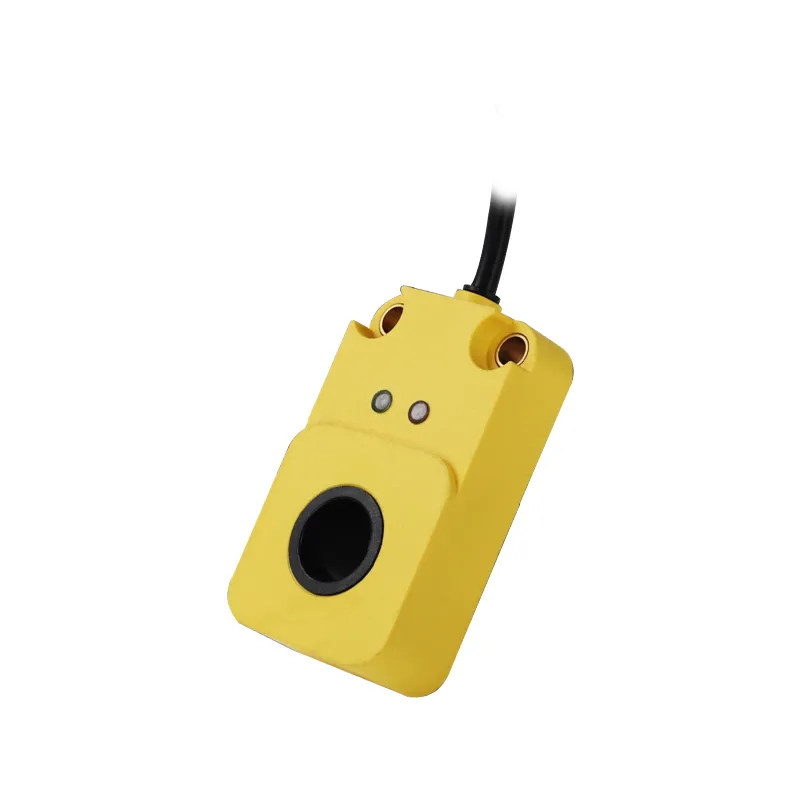ultrasonic measurement
Ultrasonic measurement represents a sophisticated, non-destructive testing method that utilizes high-frequency sound waves to evaluate materials, measure distances, and detect flaws. This technology operates by emitting ultrasonic waves that travel through various materials and analyzing their reflections. The system consists of specialized transducers that generate and receive ultrasonic signals, sophisticated signal processing equipment, and advanced software for data interpretation. Modern ultrasonic measurement systems can achieve remarkable accuracy, often measuring within microns, making them invaluable across numerous industries. The technology excels in applications ranging from quality control in manufacturing to medical diagnostics and structural integrity assessment. In industrial settings, ultrasonic measurement systems play a crucial role in thickness gauging, flaw detection, and material characterization. The technology's ability to penetrate most materials without causing damage has made it particularly valuable in aerospace, automotive, and construction industries. Additionally, ultrasonic measurement systems provide real-time monitoring capabilities, allowing for immediate detection of anomalies and swift corrective actions. The versatility of this technology extends to liquid level measurement, flow monitoring, and even advanced medical imaging applications.












